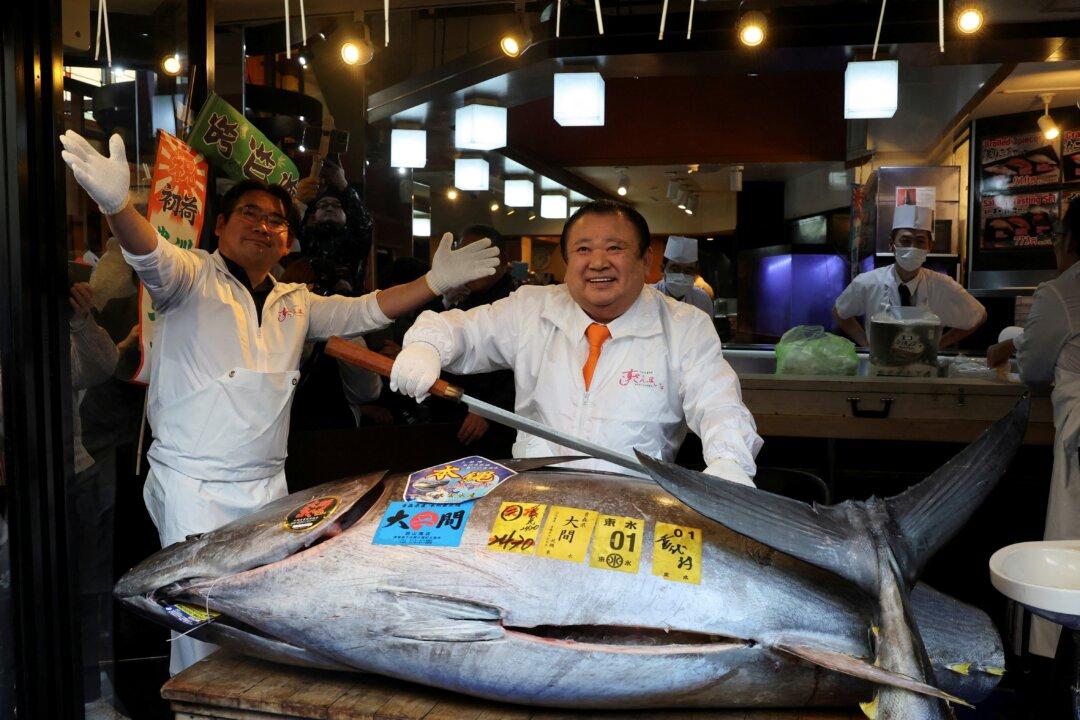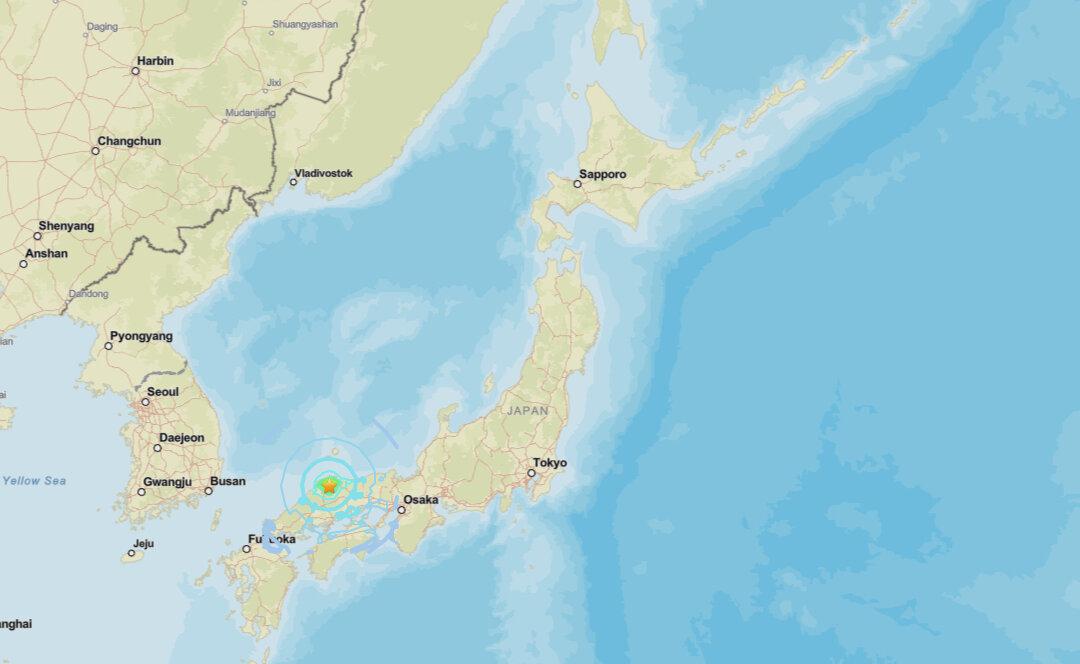Shopper Lexie Mayewski is having a hard time finding frozen french fries in Washington-area supermarkets because of disruptions to the food supply chain.
On the other side of the country, Washington state farmer Mike Pink is weighing whether to plow under 30,000 tons of potatoes worth millions of dollars that would have been turned into french fries for fast-food chains like McDonald’s, Wendy’s, and Chick-fil-A.





